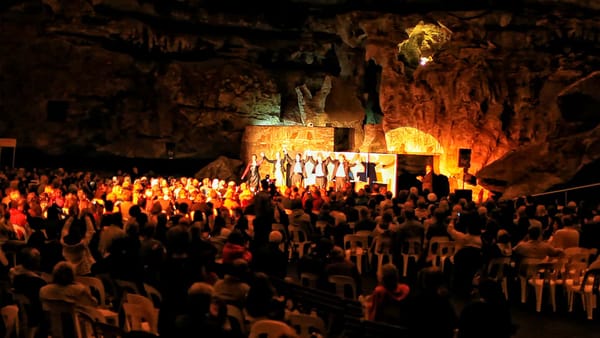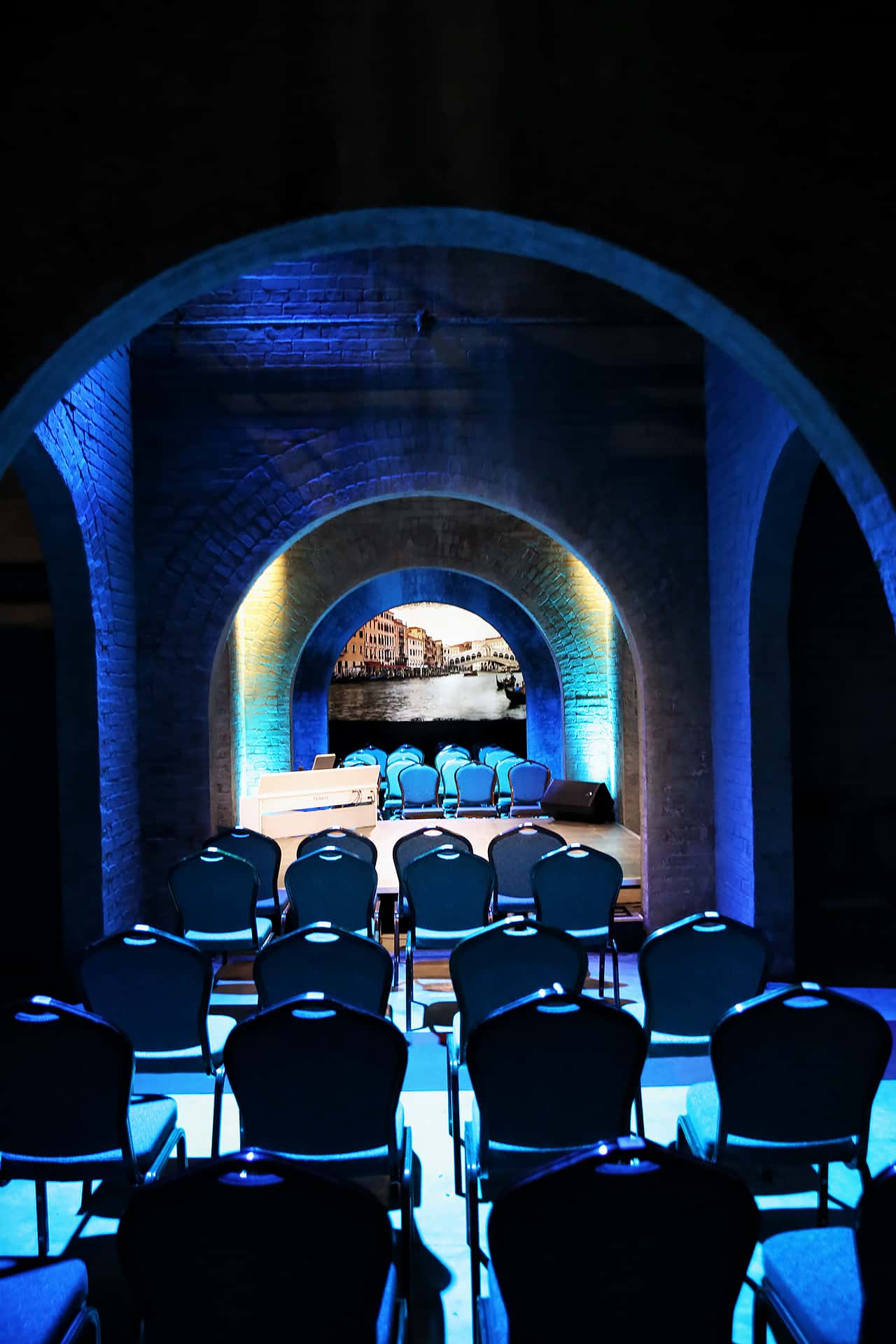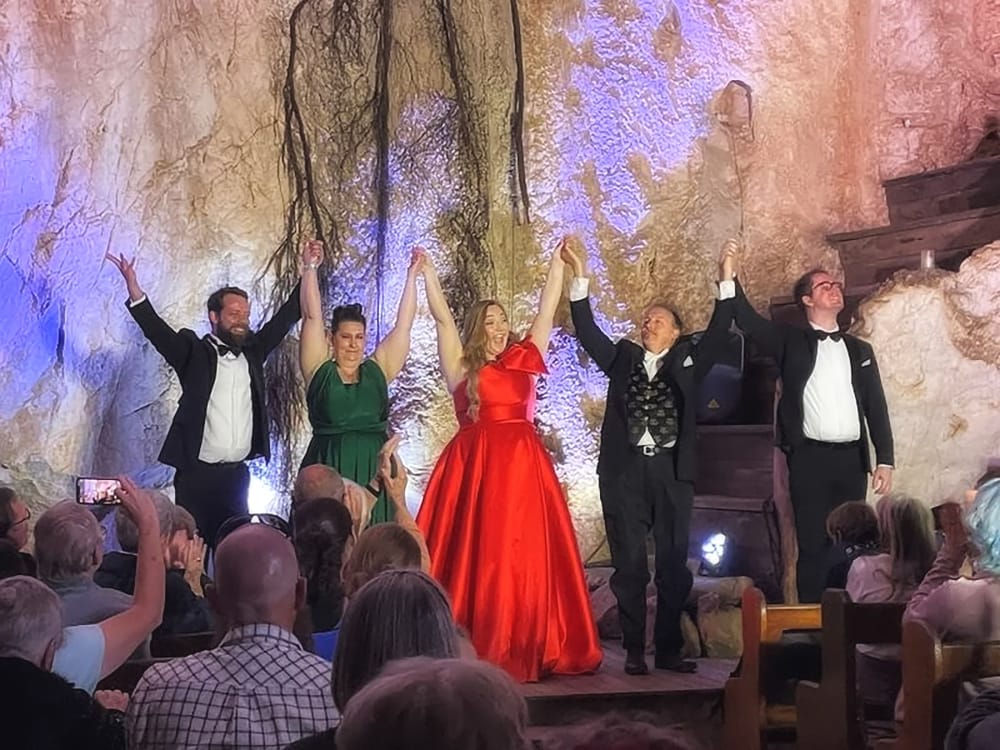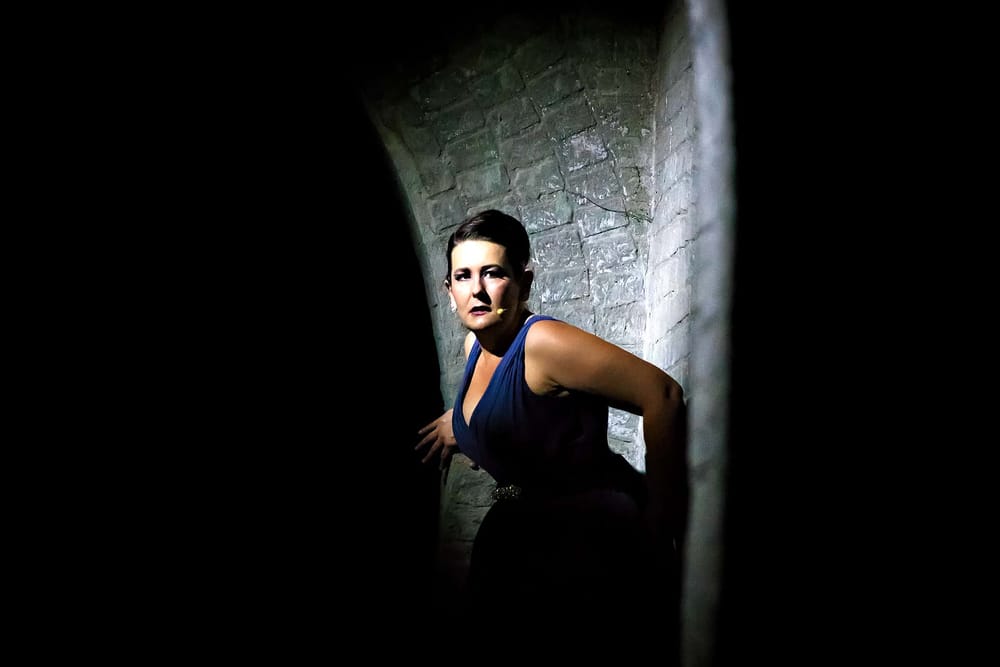HISTORY/ SIGNIFICANCE
The Wickham Terrace service reservoirs are an historic expression of demographic growth, improvement in living standards and local politics in Brisbane during the years of early self-government. In Queensland they are the first of a series of inground reservoirs, but quite unusual in being the only ones known to have been built of brick with arched baffle walls rather than concrete.
The sub-surface pits, chambers and pipes, and the sites of the two former houses have the potential to reveal technical and archaeological evidence. In Australian context there are important differences in form, material and dating between each of the above reservoirs; but their similarities, particularly between Wickham Terrace and Adelaide, are such that the former may be treated as a significant example of its type.
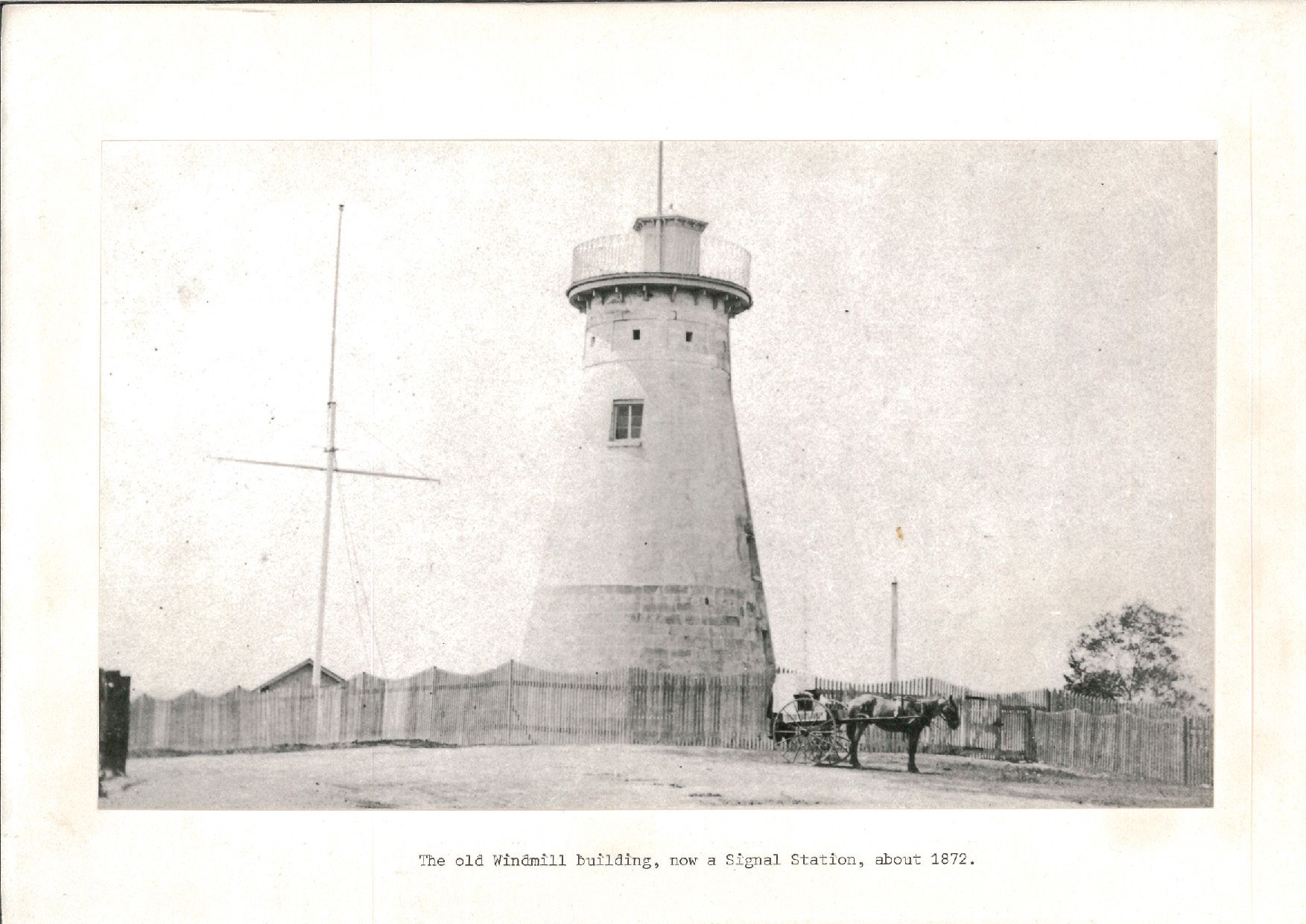
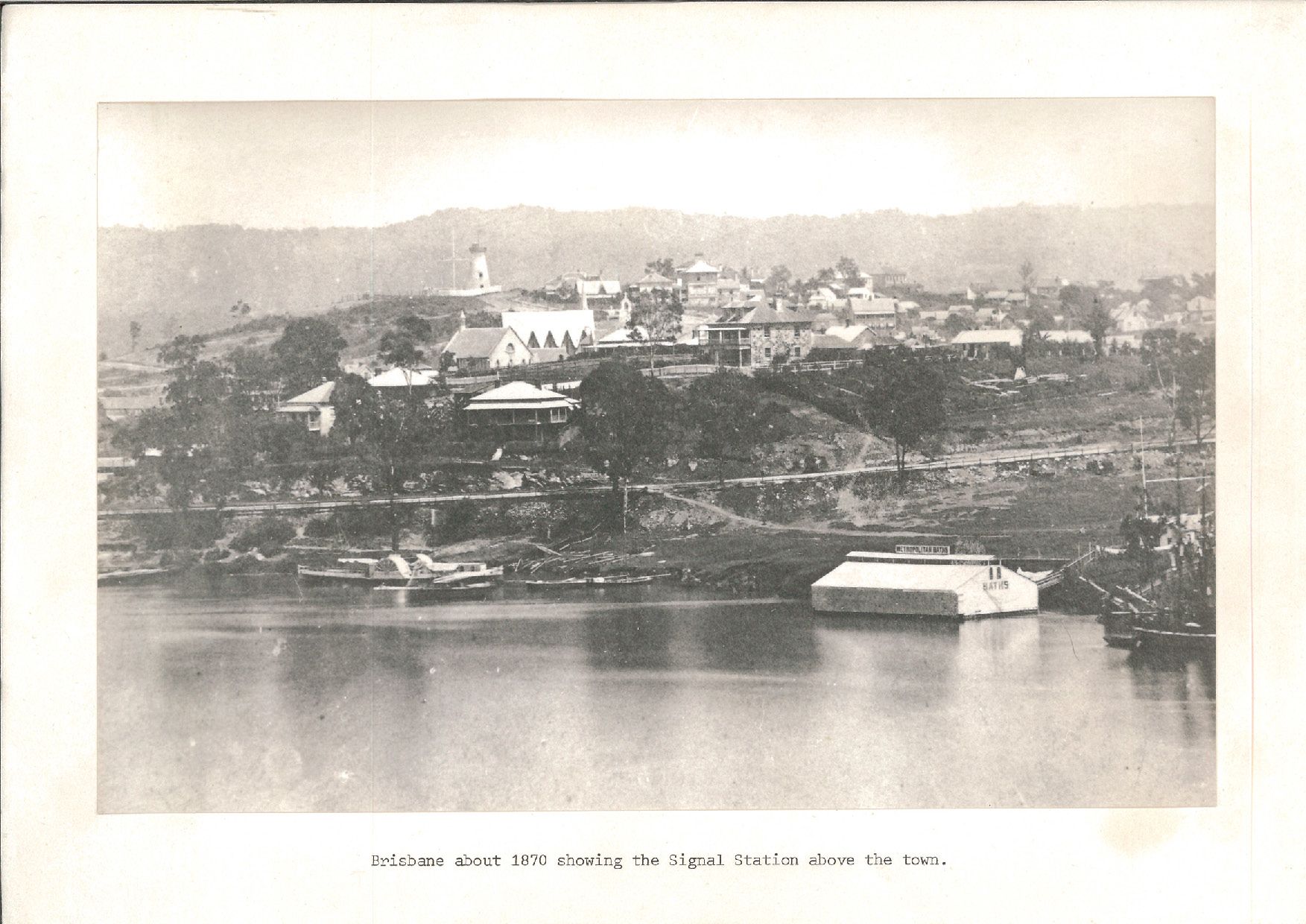
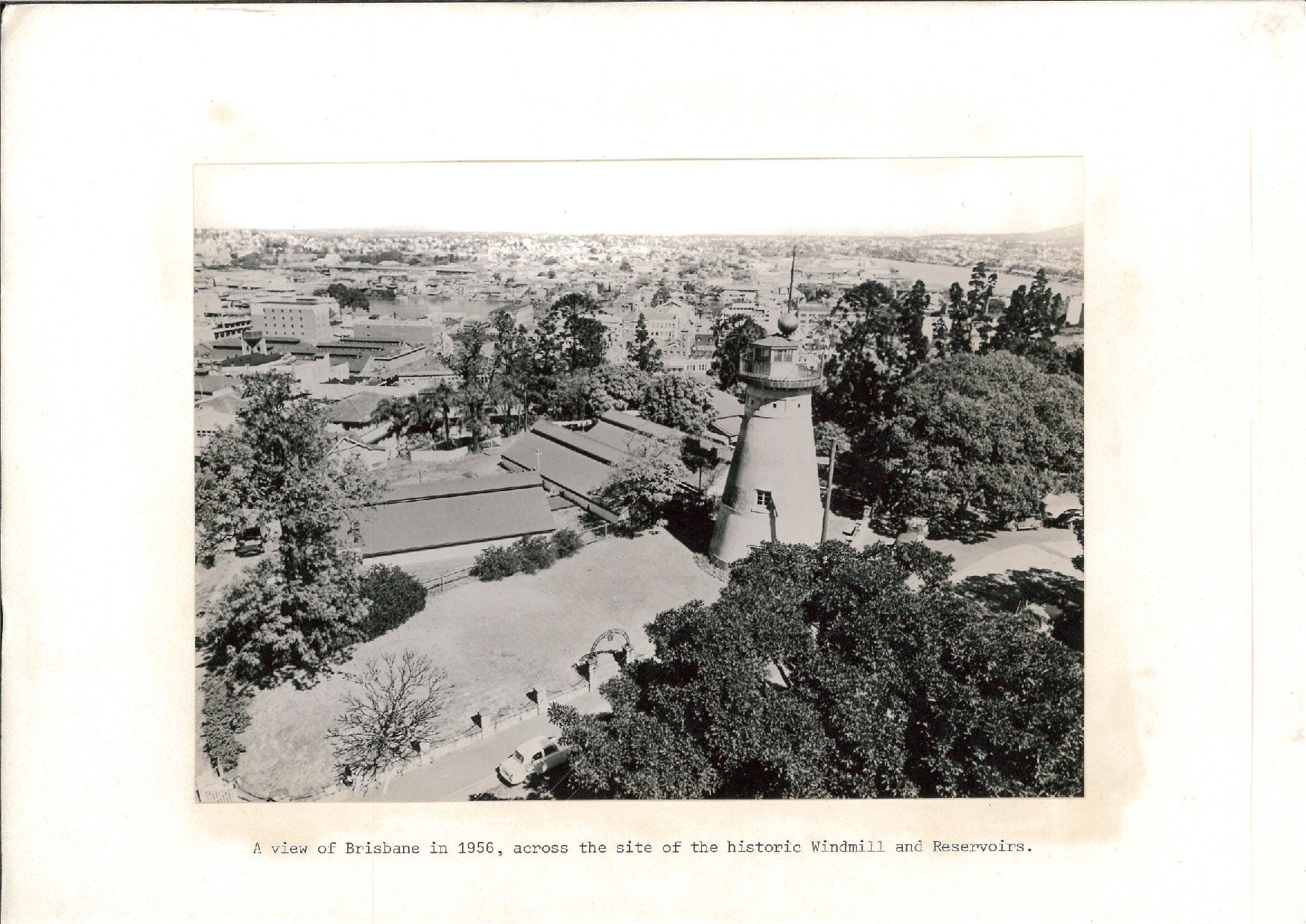
Gallery images supplied by The National Trust.
The Wickham Terrace service reservoirs are an historic expression of demographic growth, improvement in living standards and local politics in Brisbane during the years of early self-government. In Queensland they are the first of a series of inground reservoirs, but quite unusual in being the only ones known to have been built of brick with arched baffle walls rather than concrete.
The sub-surface pits, chambers and pipes, and the sites of the two former houses have the potential to reveal technical and archaeological evidence. In Australian context there are important differences in form, material and dating between each of the above reservoirs; but their similarities, particularly between Wickham Terrace and Adelaide, are such that the former may be treated as a significant example of its type.
In addition the reservoirs have long formed a pleasing part of the 'Windmill Hill' reserves, which also include the old convict tower mill [600173], a reconstructed signal flagstaff and surrounding parkland. Their dimly lit, resonant and monumental interior spaces are also atmospheric in character.
As an important part of the Enoggera waterworks system, and a simple but handsome solution to the problem of an adequate water supply, the reservoirs represent both a technical and a creative achievement of the Colonial era.
History
The reservoirs were built as an essential part of Brisbane's second phase of water supply development. During the first self-service stage, the inhabitants relied mostly upon natural water courses, wells, tanks and water-carriers.
The only public supply was the old convict dam and a hardwood pipeline in the Roma Street hollow (1838), supplemented by an elevated tank in Tank Street (1859). So inadequate and polluted was the water supply that this became a controversial issue as soon as the Brisbane Municipal Council was formed and Queensland's Separation gained in 1859. Despite strenuous debate amongst aldermen regarding the best solution, and continual conflict between council and parliament over control, the new water supply system from Enoggera Dam was constructed by the Brisbane Board of Waterworks and their engineer Joseph Brady in 1863-1866. This was the first reticulated gravity supply and the first municipal engineering undertaking in Queensland.
Though Mayor TB Stephens proposed a service reservoir on Windmill Hill (Wickham Terrace) as early as 1862, this was postponed for financial reasons until 1871, when the water pressure was already inadequate due to population expansion and increased consumption. Henry Holmes was the prominent building contractor.
Further complaints led to the provision of the second, larger reservoir in 1882, particularly to service the high parts of South Brisbane and Kangaroo Point. Other improvements were made in the water supply system which coped with the population boom of the 1880s, including the building of the Gold Creek dam in 1885-86, and of the Highgate Hill service reservoir which was of mass concrete rather than arched brick walls in 1889.
The commissioning of Mt Crosby pumping station in 1893 marked the decline of gravity water supply. The Wickham Terrace reservoirs were not used after the Gold Creek dam improved reticulation pressure from 1886 onwards, until a new policy of constructing service reservoirs to reduce the load on trunk mains was recommended in 1903. This resulted in reconditioning of the reservoirs in 1904-05, including reconnection with the original Enoggera main, and the provision of roofs to prevent the growth of algae, a spray inlet, a floating outlet and a relief valve for the Mt Crosby supply. Other inground reservoirs were built on the hills of Brisbane and continue to serve the city today.
The Wickham Terrace reservoirs remained an integral part of the Brisbane water supply system until 3 September 1962 when the watermain was shut down, unable to serve an increasingly highrise inner city due to their comparatively small capacity and low elevation. Redevelopment proposals during the 1980s have included converting the area into an art gallery, restaurant, theatre in the round and bus exchange.
Description
The low-lying, rectangular and gable-roofed structures behind the old windmill tower conceal Brisbane's first in-ground service reservoirs. The earlier, smaller structure has a single gable roof, while the larger, later one is double-gabled. Excavated deep into the crest of the hill, the disused reservoirs comprise two box-form structures divided into compartments by high arched baffle walls, cast-iron inlet and outlet, valve chambers and pits, and main, outlet and scour pipes.
Built of brick before the age of concrete, this type of construction was necessary to withstand external pressure, while the inside walls were rendered to obviate ground water infiltration. The corrugated iron roofs with ample ventilation right along the raised ridges, timber louvered gables and doorways to descending iron ladders were added later, and evidently painted in contrasting coloured stripes as was the fashion. The service reservoirs, which were built to store water from the Enoggera Dam and improve pressure within the city, played a most important role in Brisbane's first reticulated gravity supply system for the best part of a century.
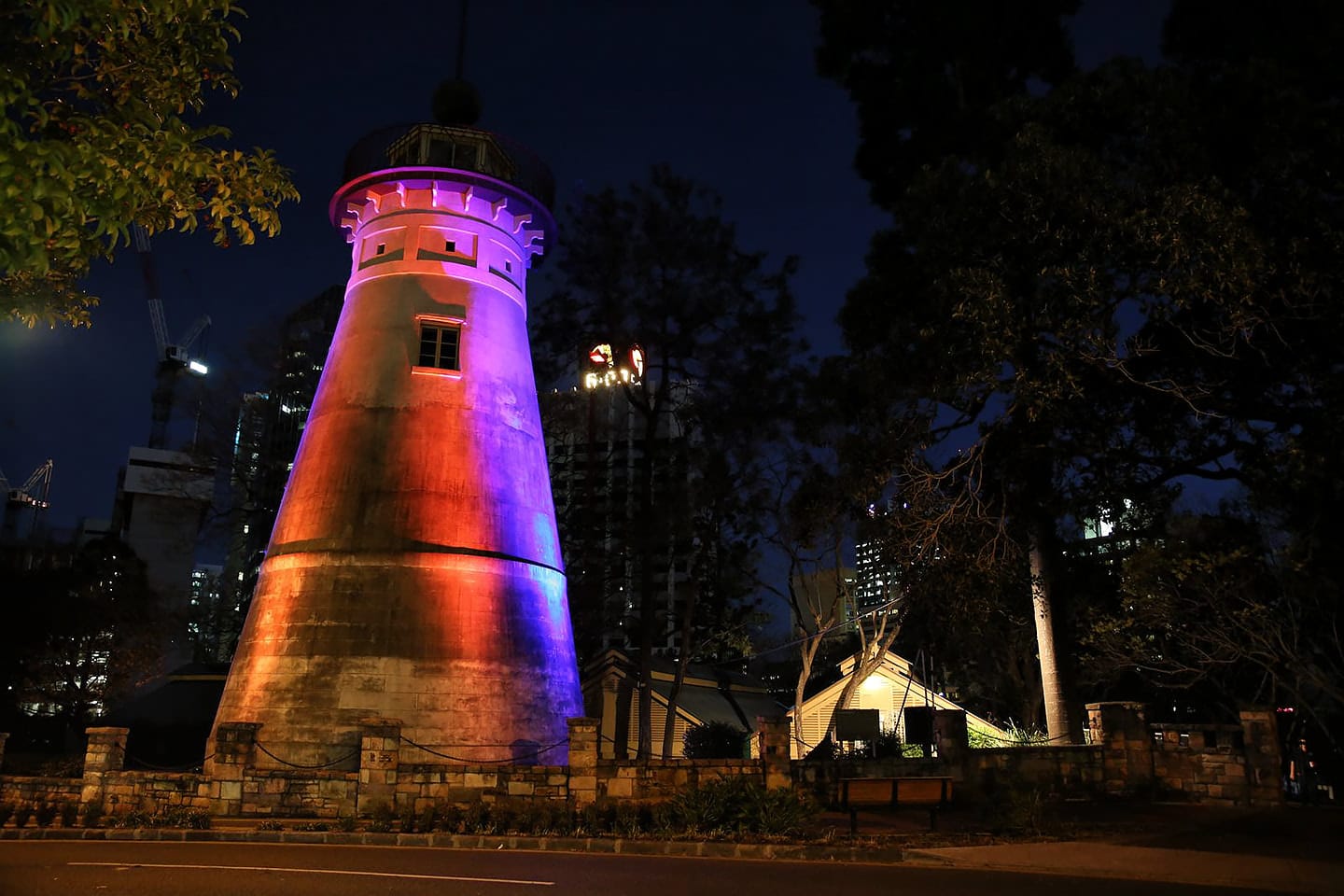
THE RESERVOIR and UNDERGROUND OPERA
2011: Underground Opera was introduced to The Spring Hill Reservoir by The National Trust.
2011 - 2014: Activation of The Spring Hill Reservoir with the support of Archipelago Architects, AECOM, Ghella and The National Trust with consent from The Brisbane City Council.
August 2014: Opening of the inaugural "Opera in the Reservoir"


